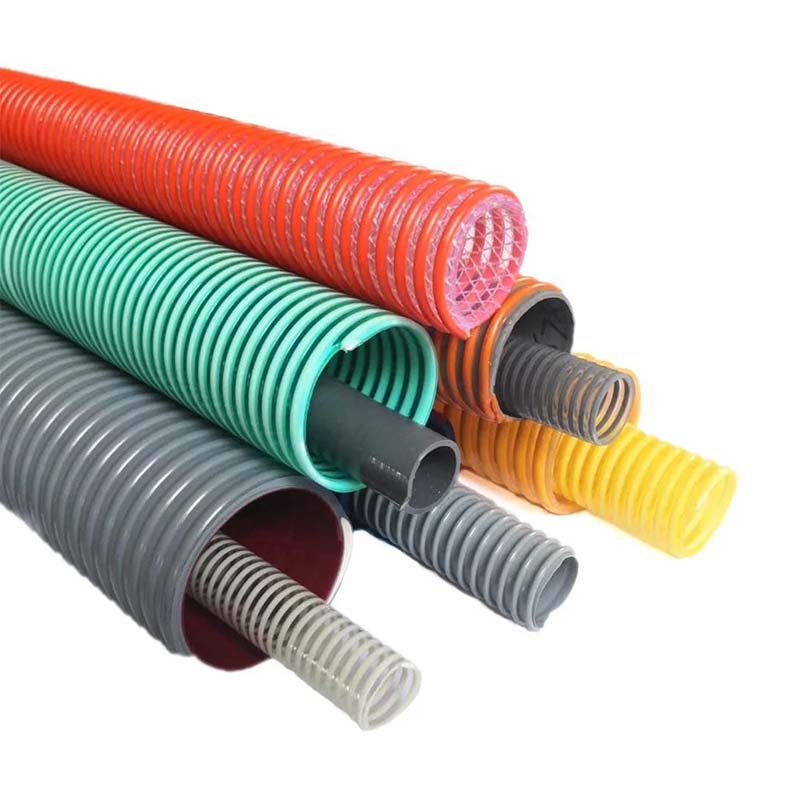Exploring Effective Strategies for Product Ducting Systems and Their Applications
The Importance of Proper Air Ducting in HVAC Systems
Air ducting plays a crucial role in the efficiency and effectiveness of HVAC (Heating, Ventilation, and Air Conditioning) systems. Proper ducting is not merely a matter of convenience; it is essential for maintaining indoor air quality, energy efficiency, and overall comfort. This article will explore the importance of proper ducting, the factors affecting duct performance, and best practices to ensure optimal airflow and system performance.
Understanding Air Ducting
Air ducts are pathways that distribute conditioned air throughout a building. They are typically made of sheet metal, fiberglass, or flexible materials and can be installed in various configurations, including rectangular, round, or oval shapes. The design and installation of duct systems can significantly impact how efficiently air is moved and conditioned within a space.
Importance of Proper Ducting
1. Energy Efficiency One of the primary advantages of well-designed duct systems is their ability to maximize energy efficiency. Leaky or poorly insulated ducts can result in significant energy losses, leading to higher utility bills. According to the U.S. Department of Energy, up to 30% of air can be lost due to leaks, meaning that a significant amount of energy and money is wasted. Well-sealed and insulated ducts ensure that the conditioned air reaches its intended destination without unnecessary losses.
2. Indoor Air Quality Proper ducting is vital for maintaining good indoor air quality. When duct systems are poorly designed or maintained, they can harbor dust, mold, and other allergens. These contaminants can easily circulate throughout a building, adversely affecting the health and comfort of its occupants. Regular inspections and cleanings of duct systems can help mitigate these issues, ensuring that the air circulating in a building is clean and healthy.
3. Comfort Levels A well-designed duct system is essential for achieving consistent temperature control throughout a space. If ducts are improperly sized or poorly located, certain areas may become too hot or too cold, leading to discomfort for occupants. Proper duct design can ensure that air is evenly distributed, promoting a more comfortable living or working environment.
Factors Affecting Duct Performance
Several factors can affect the performance of an air duct system
- Duct Size The diameter and dimensions of ducts must be appropriately calculated based on the building's specific needs. Oversized ducts can lead to reduced airflow, while undersized ducts can restrict movement and cause pressure imbalances.
pu ducting

- Airflow Obstructions Objects obstructing the ducts can significantly reduce airflow. It's crucial to keep ducts free from blockages, such as furniture or accumulated dust and debris.
- Duct Insulation Proper insulation of ducts, especially in unconditioned spaces like attics or basements, is crucial for energy efficiency. Insulated ducts help maintain the temperature of the air being transported and prevent condensation, which can lead to mold growth.
Best Practices for Optimal Duct Systems
To ensure the best performance from an air duct system, consider the following best practices
1. Regular Inspections and Maintenance Routine checks can help identify leaks, blockages, or other issues that may affect airflow and efficiency. Cleaning the ducts regularly can also help maintain indoor air quality.
2. Professional Installation Engaging experienced HVAC professionals for duct installation ensures adherence to best practices and local building codes. Proper installation is critical to avoid common pitfalls that can compromise system performance.
3. Sealing and Insulating Ducts Ensure that all joints are sealed with high-quality duct sealant and that ducts are insulated in unconditioned areas to enhance energy efficiency.
4. Adjusting Airflow Use damper systems and registers to control airflow in different parts of a building. This flexibility allows for tailored comfort levels in various rooms or zones.
Conclusion
Air ducting is a fundamental component of any HVAC system, significantly influencing energy efficiency, indoor air quality, and overall comfort. By understanding the importance of proper duct design and maintenance, homeowners and businesses can take proactive steps to ensure their HVAC systems operate at peak performance. Investing time and resources into optimizing duct systems will pay off in reduced energy bills, improved air quality, and a more comfortable indoor environment.
-
Unrivaled Performance and Applications of PU Pneumatic Hoses and TubesNewsJun.11,2025
-
The Transparent World of Industrial Tubing and Hosing SolutionsNewsJun.11,2025
-
The Intricate World of Pneumatic Conduits: Tubes and HosesNewsJun.11,2025
-
The Dynamic Landscape of Pneumatic Conduits: Unraveling Key ComponentsNewsJun.11,2025
-
The Diverse Applications and Significance of Transparent PVC TubingNewsJun.11,2025
-
High - Pressure Pneumatic Tubing and Systems: An In - Depth LookNewsJun.11,2025














